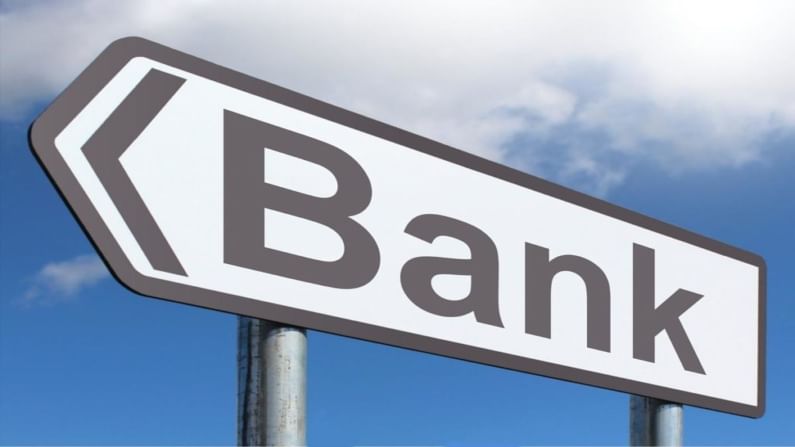Banks see rise in wilful defaults
The total outstanding amount that wilful defaulters owe to banks stood at ₹6.85 lakh crore as of in June

The total outstanding amount that wilful defaulters owe to banks has increased to ₹6.85 lakh crore in June this year from ₹ 6.22 lakh crore in December 2019, says a Business Standard report. It even touched Rs.7.6 lakh crore in December 2020.
According to the analysis of numbers from the TransUnion CIBIL database by the Business Standard, state-owned banks accounted for 77.4% of the total amount outstanding at ₹5.3 lakh crore.
A wilful defaulter is defined as a borrower who has not repaid the loan despite having the ways and means to do so.
The report said 26,022 such cases pending as of June this year.
16 banks see rise
At least 16 banks have noted a rise in wilful defaults for September quarter over June even though data have just started coming in.
This analysis only looked at banks that showed an increase in both the total number of outstanding cases as well as amounts outstanding over June. This would indicate fresh cases filed.
The report quoted Finance Minister Nirmala Sitharaman as saying that the government was intent on ensuring that defaulters return money.
The RBI’s July financial stability report noted that there may be an increase in bad loans, for which scheduled commercial banks (SCBs) haven’t yet made provisions.
“Macro stress tests for credit risk show that SCBs’ GNPA ratio may increase from 7.48% in March 2021 to 9.8% by March 2022 under the baseline scenario and to 11.22% under a severe stress scenario,” the RBI had said.